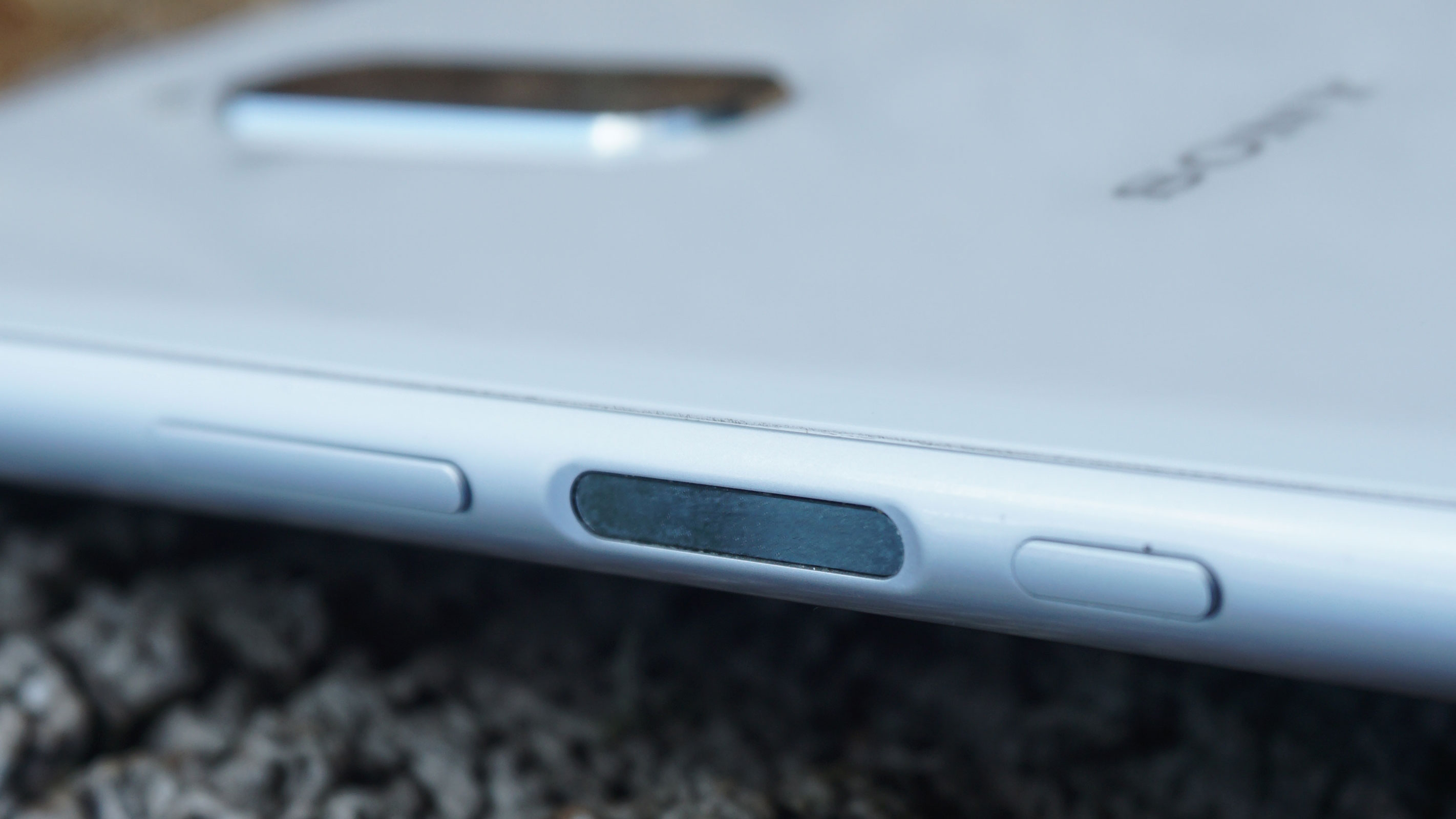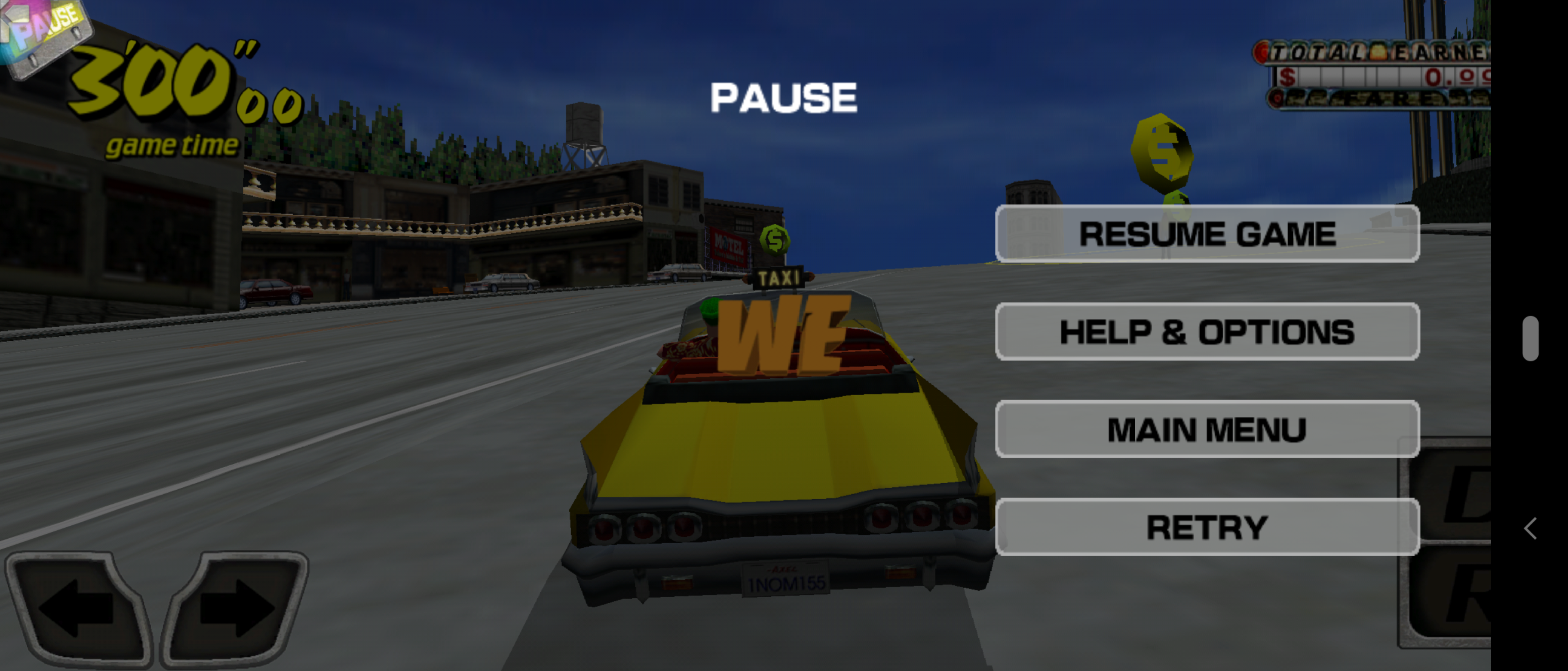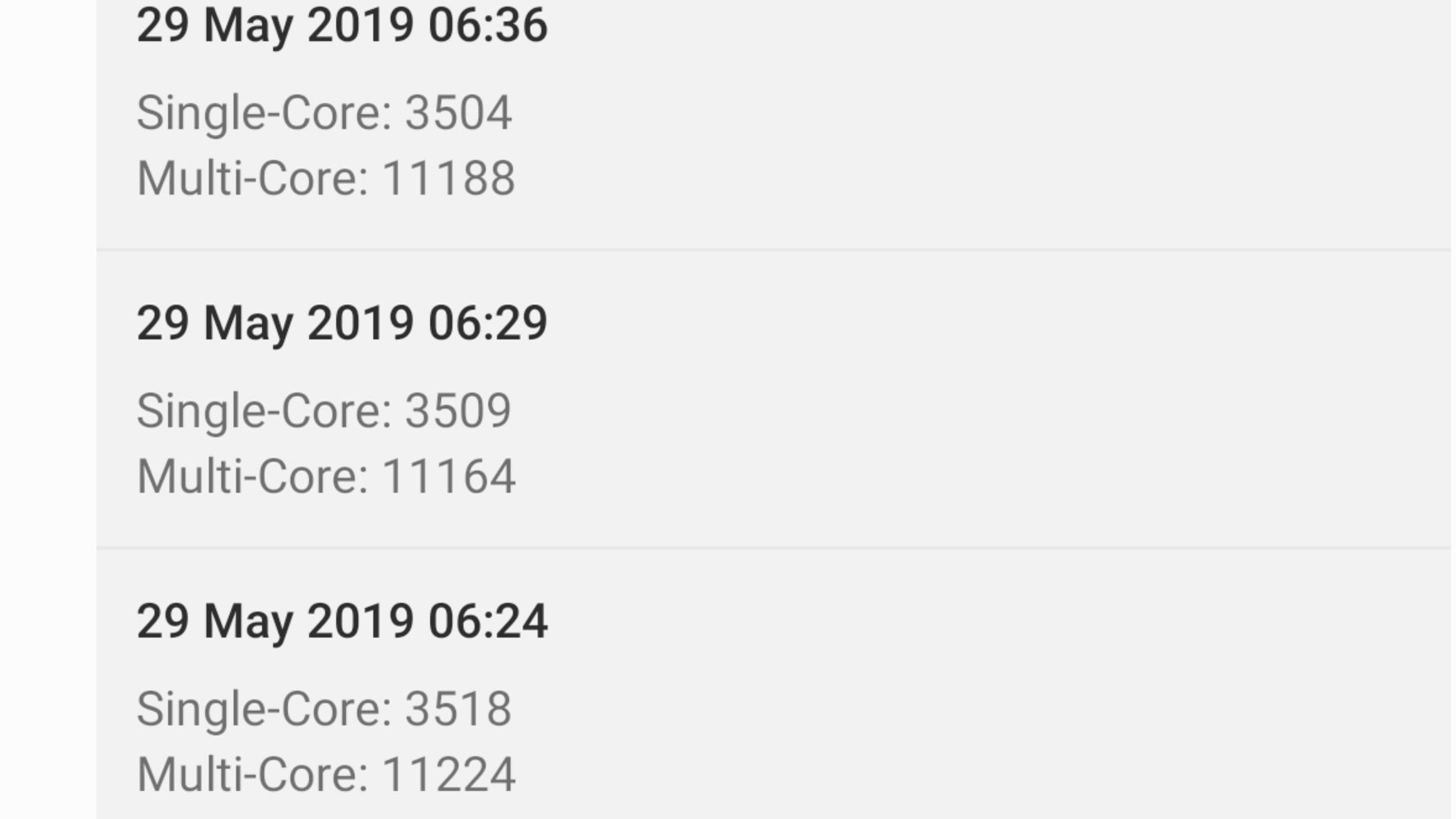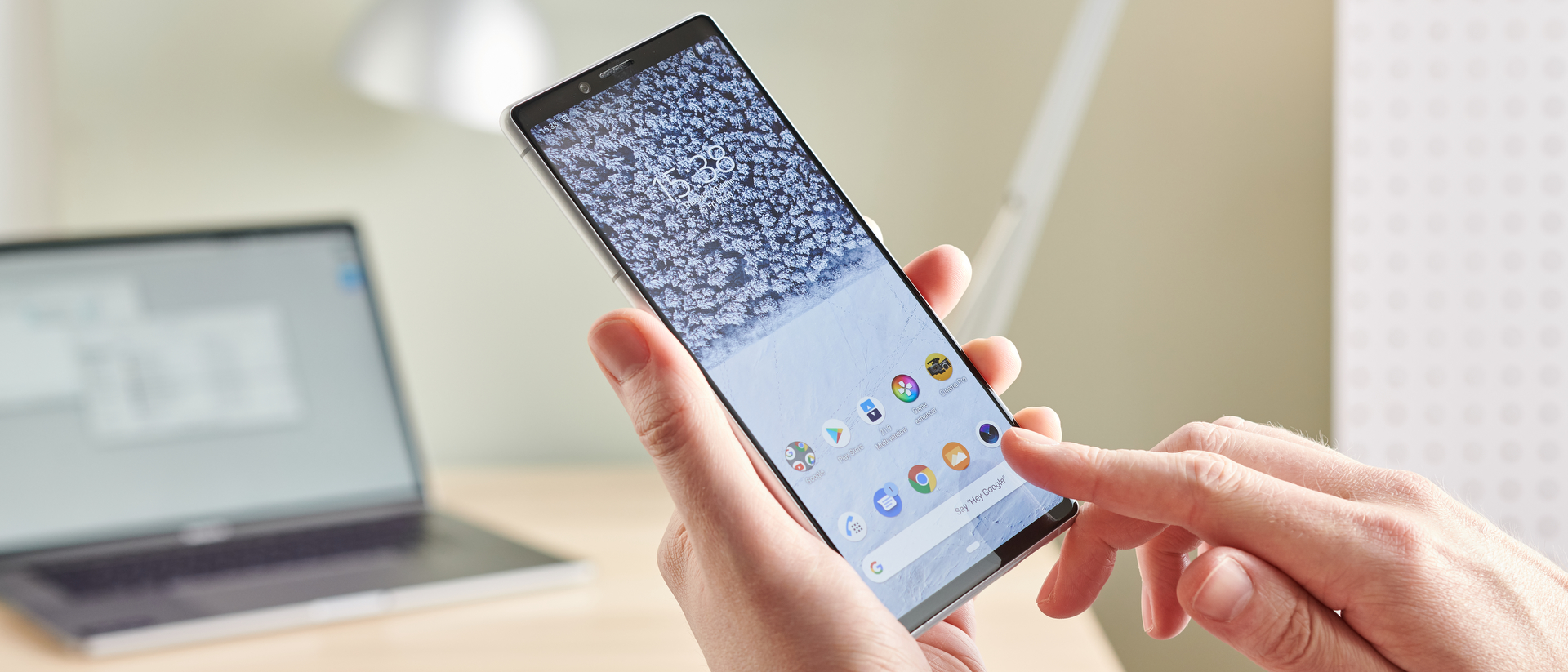Why you can trust TechRadar
Interface and reliability
The Sony Xperia 1 comes with stock Android 9, so if you’re not a fan of the sometimes garish and cartoonish user interfaces of a growing number of Chinese smartphones, you’ll find the basic look of this handset comforting.
That means you’ve got an app drawer for all your apps, but they’re automatically added to the home pages too, and the icons are small, round and clean – and the extra screen real estate of the elongated display means you can see more apps at once, which is convenient.
Generally, the UI was snappy to navigate and never slowed down, even when we were running multiple functions – that’s one of the perks of having a high-end chipset like the Snapdragon 855.

Hardware was more of an issue though, specifically the side-mounted fingerprint sensor, which had a lot of trouble picking up our print. We only used it successfully about 40% of the time, moving our finger rarely helped, and most of the time we were given the ‘Too many attempts’ error and had to log in using our PIN.
We quickly stopped even trying to use the fingerprint sensor to get into the phone, as it just wasn’t reliable enough, so in effect our handset missed out on a piece of tech that virtually all modern smartphones have, which was more than a little inconvenient.
Movies, music and gaming
Watching movies is one of the main selling points of the Sony Xperia 1, and it wouldn’t be a great look for the phone if it couldn’t deliver on this key function. Thankfully it can, and watching movies on the handset is a treat, as long as you’re not doing so outside on a sunny day – between Dynamic Vibration, which shakes the handset slightly to imitate the feel of being in a booming theater, Creator mode, which adjusts the display colors to replicate a movie screen, and the 21:9 display eliminating black bars at the top and bottom, you can sometimes forget you’re not in a cinema.
Other content, like Netflix Originals, TV shows and YouTube videos isn’t in 21:9, so you’ll see black bars on the left and right of the screen when watching.

Sony has also partnered with a few popular games studios, so there are 21:9 mobile games available for the handset – Fortnite, Asphalt 9: Legends and Arena of Valor come pre-installed, but we also found some others, like Crazy Taxi Classic and Rayman Adventures, worked too.
Having the extra screen space meant we could use touchscreen controls without our thumbs obscuring vital parts of the display (although it’s going to take a lot more than better vision to up our Fortnite game). The screen aspect ratio,cutting-edge Snapdragon 855 chipset and dynamic audio all work together to create an enjoyable experience, making the Sony Xperia 1 a great phone for gaming.
Listening to music was also enjoyable – the audio quality was fine, even at higher volumes, although music is only played through the bottom-firing speaker, rather than both it and the top speaker, as is the case with games and movies, so the surround-sound effect and layered audio was missing somewhat.
Performance and benchmarks
For a handset that’s sold as being great for shooting 4K footage and playing intense games, among other things, you’d expect the Sony Xperia 1 to have some pretty hefty processing power on board, but even so we were impressed by the phone’s performance in benchmark tests. When we ran the device through a multi-core test it returned a score of 11,192 – for some context, that’s almost the best score we’ve seen in a smartphone, with only the iPhone XS and iPhone XS Max beating it.

This high score is likely down to the Snapdragon 855 chipset inside the phone, which is in many of the latest high-end handsets, and it explains why games run so smoothly, and why the Cinema Pro app can record 4K footage for long periods of time without crashing.
Current page: Anything else I should know?
Prev Page Battery life and camera Next Page Verdict and competition
Tom Bedford joined TechRadar in early 2019 as a staff writer, and left the team as deputy phones editor in late 2022 to work for entertainment site (and TR sister-site) What To Watch. He continues to contribute on a freelance basis for several sections including phones, audio and fitness.
